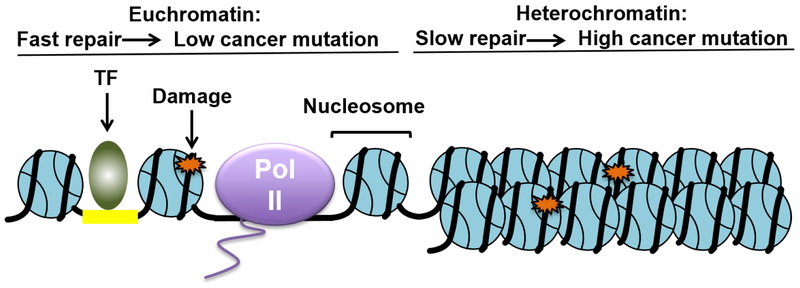Figure 3: Open and closed chromatin states significantly affect excision repair and cancer mutation distribution.
DNA damage (e.g., UV, cisplatin, or benzo[a]pyrene adducts) in open chromatin regions is repaired more efficiently, while damage in closed chromatin such as heterochromatin is repaired less efficiently. Consequently, high mutation densities in cancer are frequently found in closed chromatin, while low mutation densities are associated with an open chromatin state.

